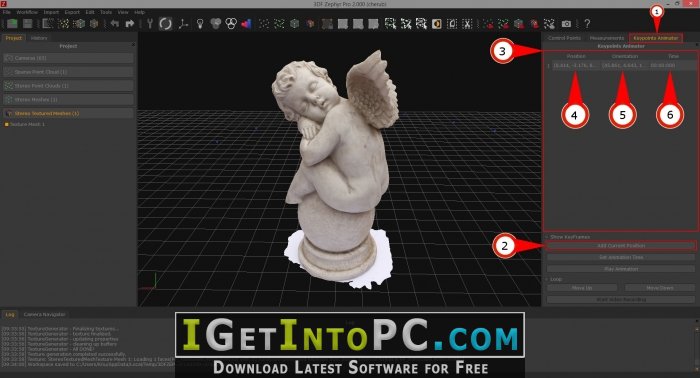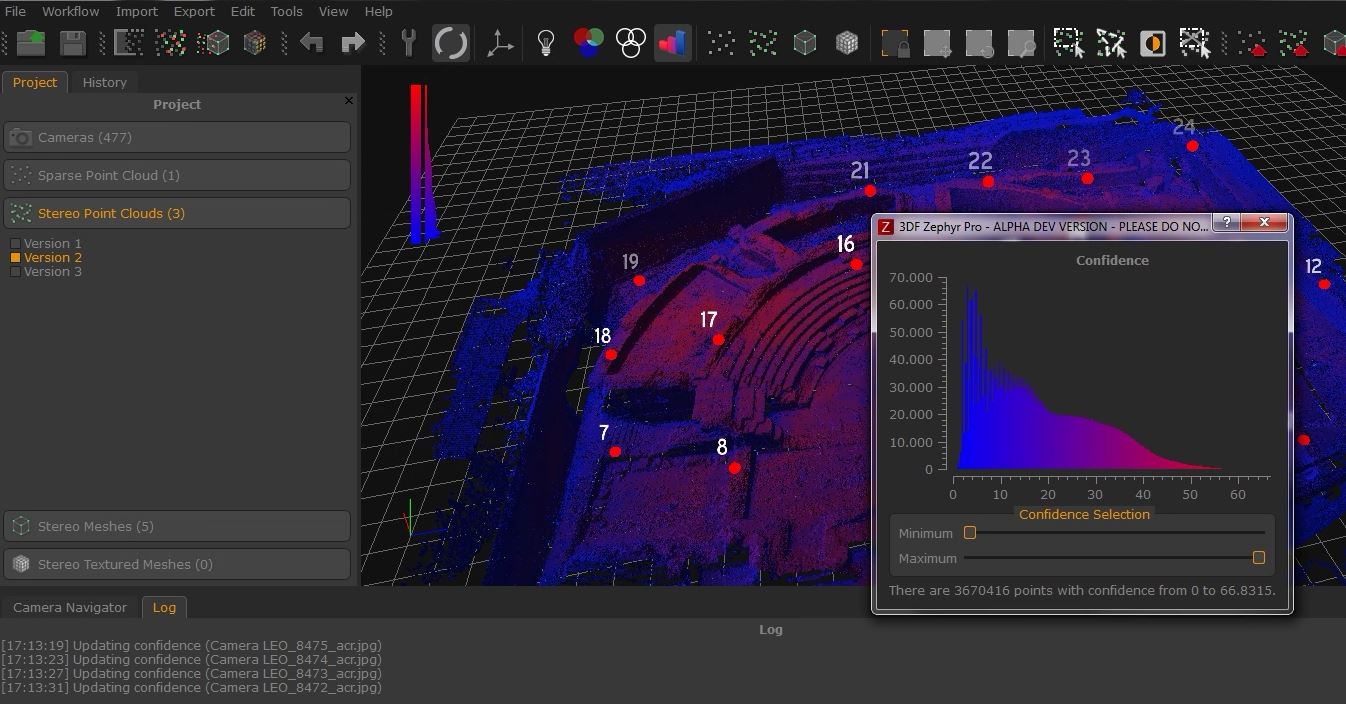

Then we used nanoscale Secondary Ion Mass Spectrometry imaging to chemically differentiate between the OM and mineral constituents forming the microaggregates. We used Helium Ion Microscopy to acquire overlapping Secondary Electron (SE) images to reconstruct the soil topography in 3D.

Here we illustrate a 4D surface reconstruction workflow able to locate preferential sites for OM deposition with respect to microaggregate topography. However, 3D surface representations would allow a variable angle and magnification analysis, providing detailed insight on their architecture. To study this organic matter (OM) sequestration, it is essential to analyze its association with soil minerals at the relevant microaggregate scale. Soils have the ability to incorporate and store large amounts of organic carbon. The development of high-resolution microscopy and spectroscopy techniques has allowed the analysis of microscopic 3D objects in fields like nanotechnology and life and soil sciences. by 47–66% compared to the corresponding uniform dilution for individual datasets) The results are evaluated on the basis of (a) root mean square deviation (RMSD) between the original and diluted clouds, (b) of visual evaluation of the differences and (c) of reduction in the point cloud size, demonstrating an excellent performance of the algorithm with a minimum loss of detail while significantly reducing the point clouds (approx. The performance of this algorithm is demonstrated on datasets depicting parts of historic buildings of different characters. This is done on the basis of a newly proposed characteristic T, which is based on the local scattering of the cloud (i.e., on the ruggedness of the local relief). In this paper, we present an easy-to-use and computationally inexpensive progressive dilution method preserving detail in highly rugged/curved areas while significantly reducing the number of points in flat areas. The clouds are, therefore, usually diluted before use, typically through uniform dilution with a set spacing such dilution can, however, lead to the loss of detail in the resulting cloud (washed-out edges and fine features). Such clouds are typically primarily acquired as unordered sets of points with regular dense spacing, making the clouds huge in size, which causes such clouds to be difficult to process, store and share. This might be particularly important for the digital preservation of historical objects.

Currently, the creation of digital copies (digital twins) of various objects by remote sensing methods producing point clouds is becoming commonplace.


 0 kommentar(er)
0 kommentar(er)
